ACUTE CHOLECYSTITIS Supervisor: Dr. Abbas Mohammed By: Abdullah

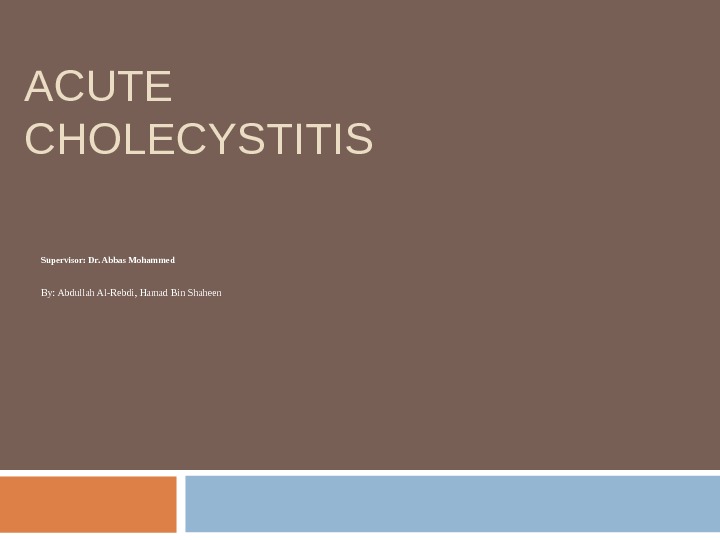
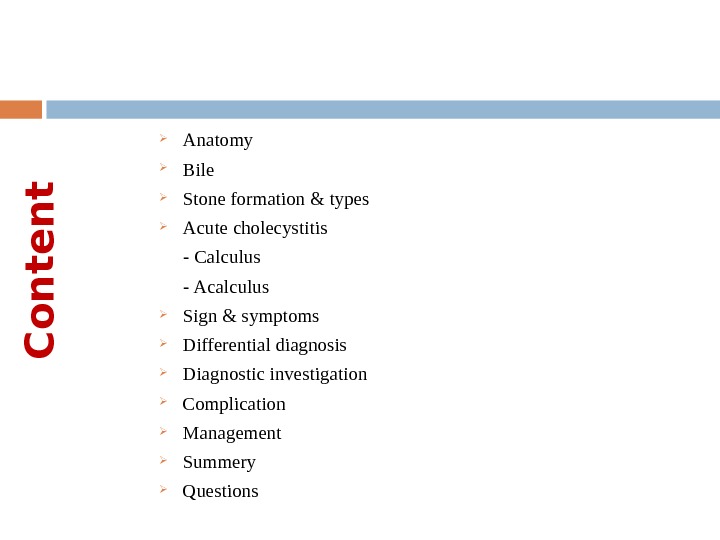
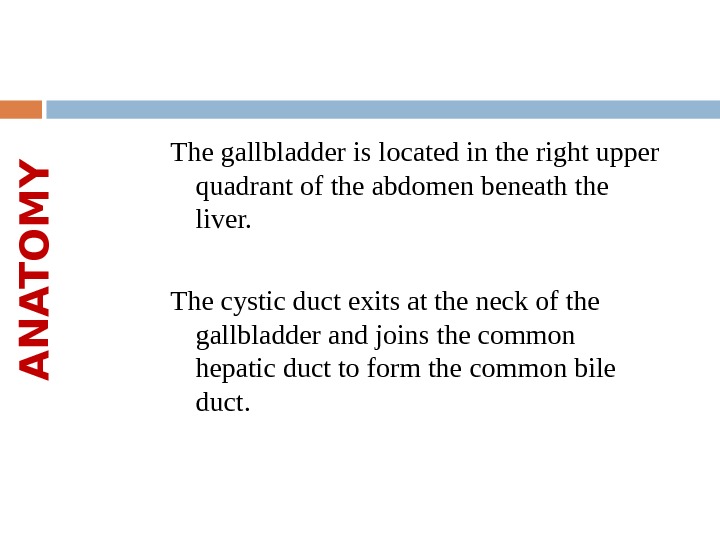
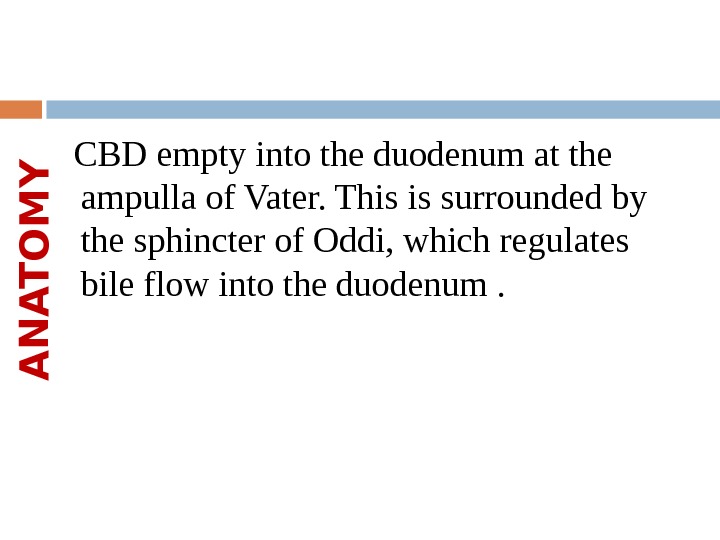
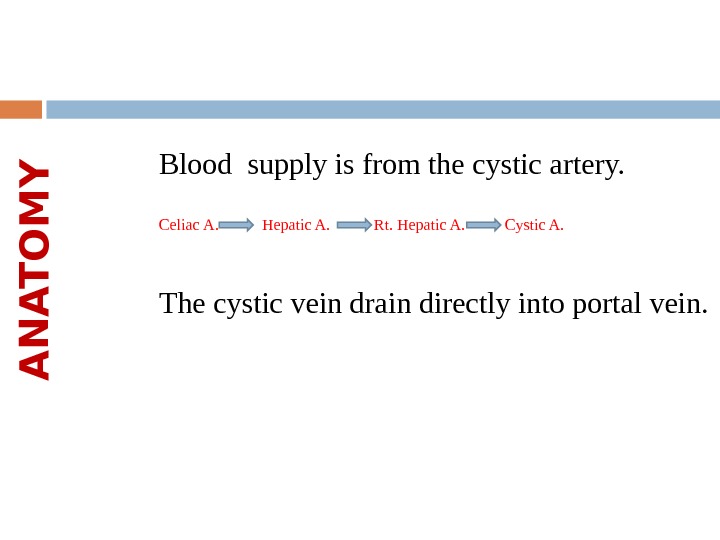
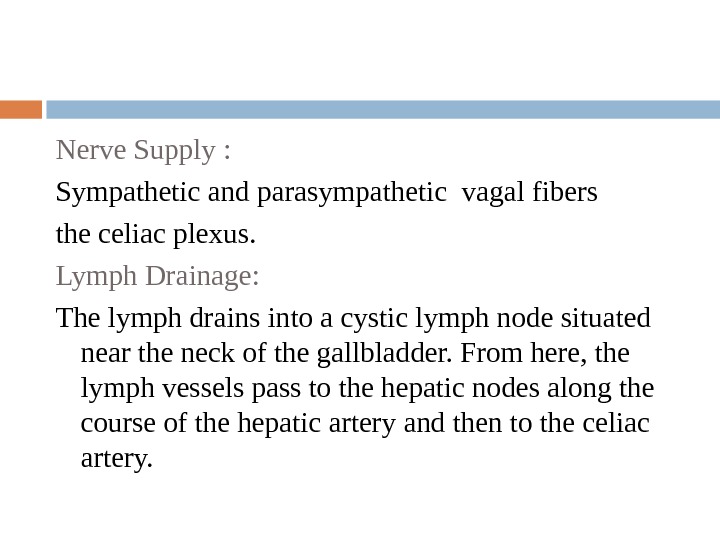
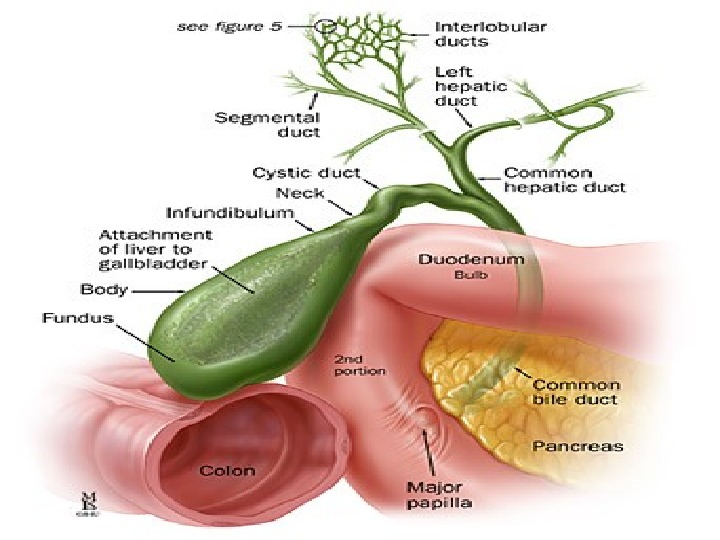
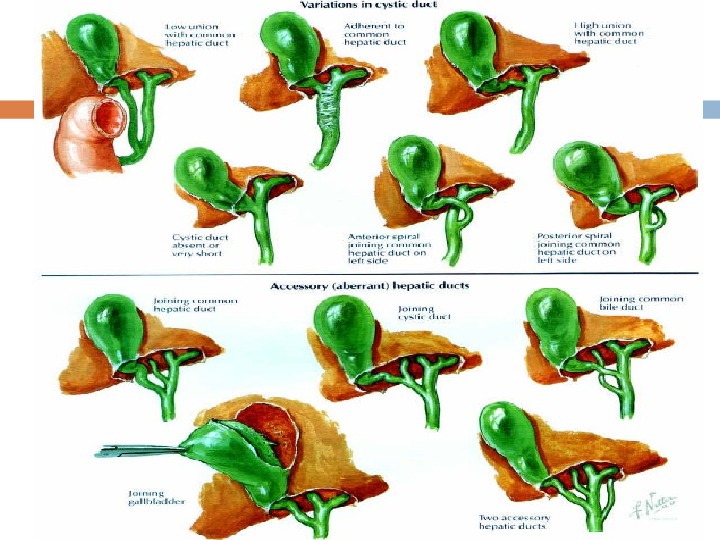
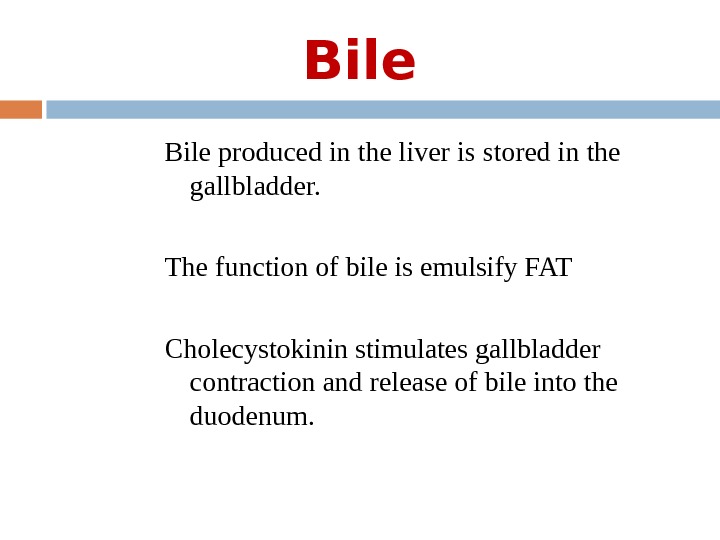
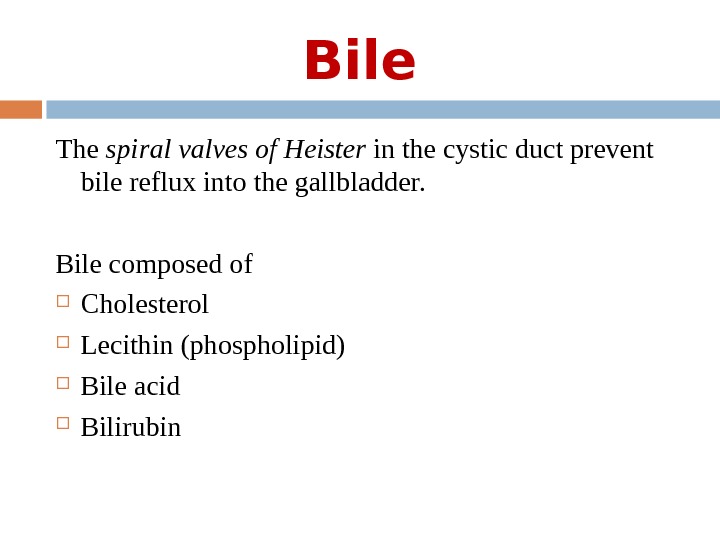
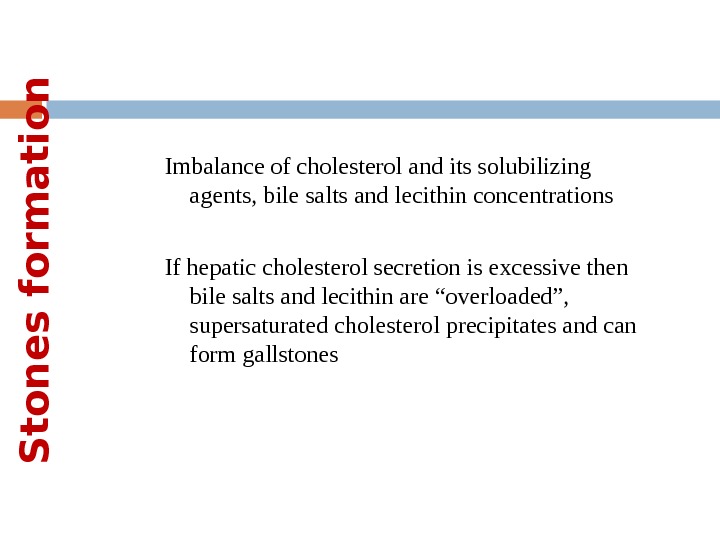
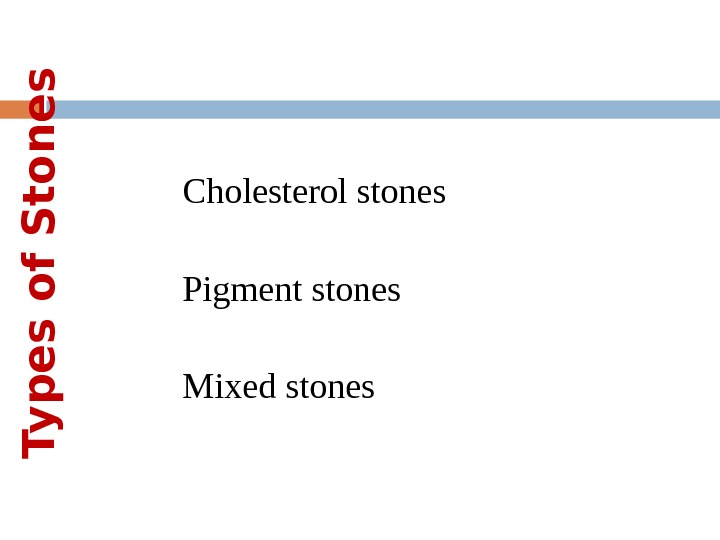
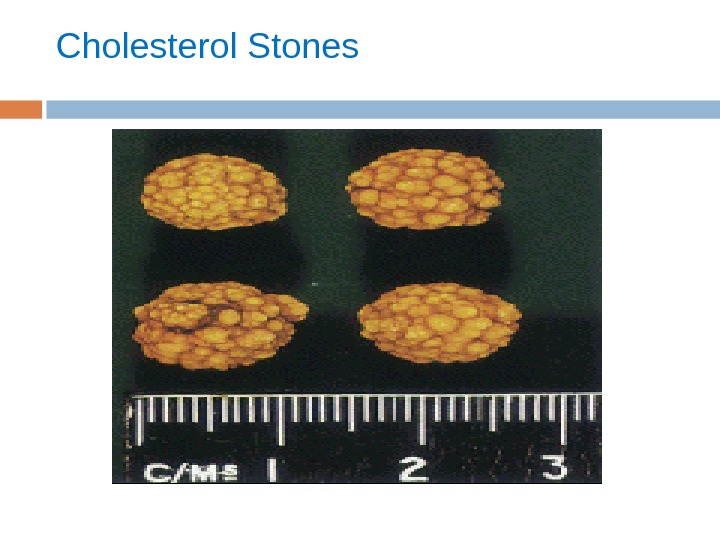
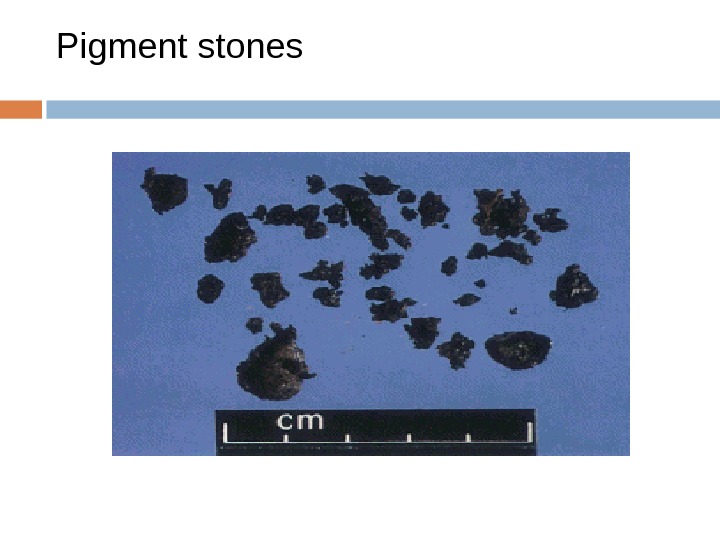
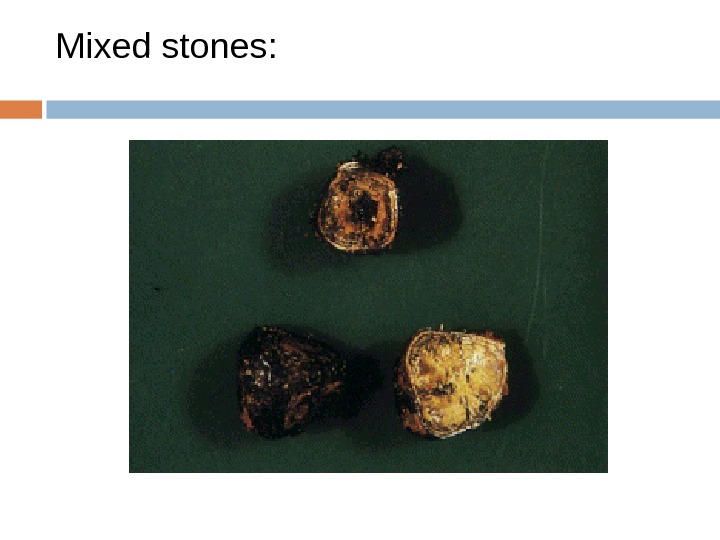
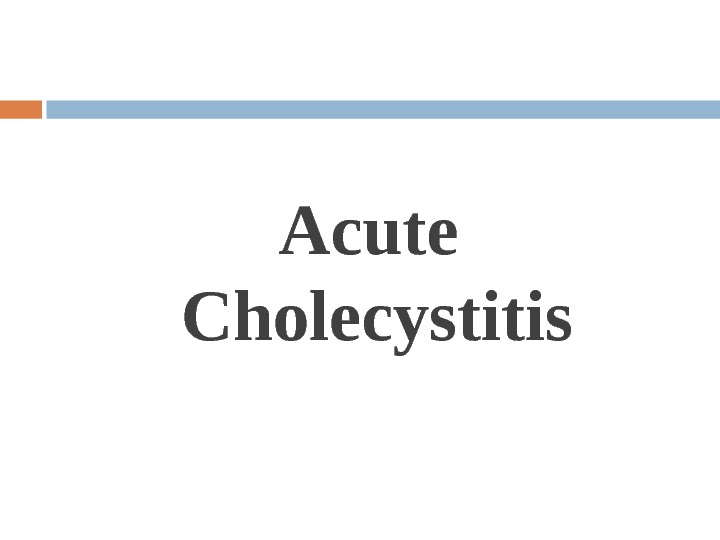
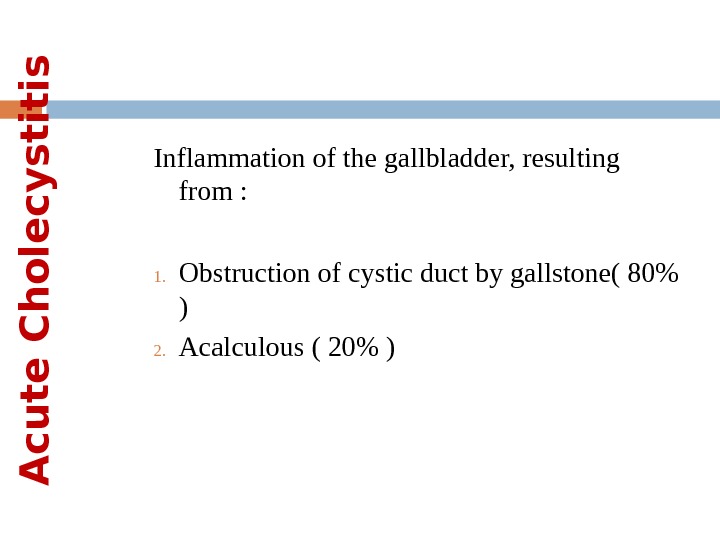
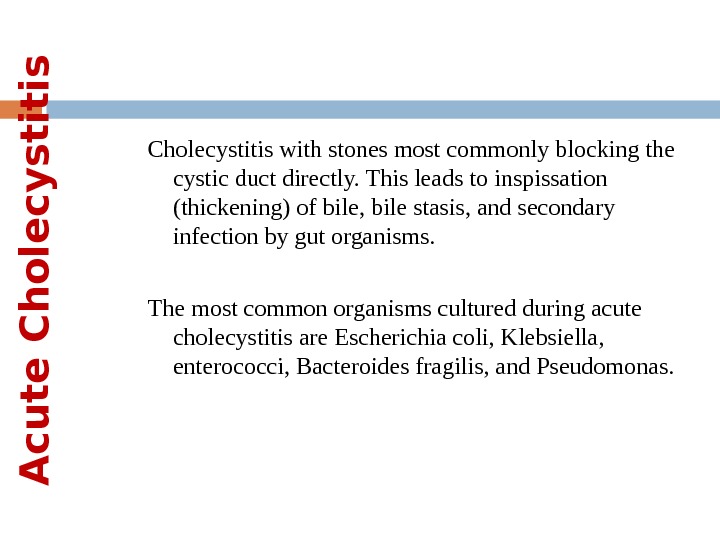
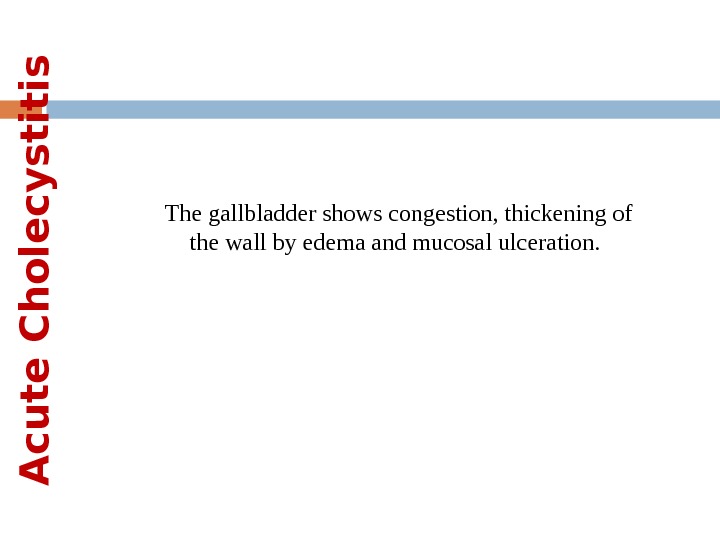
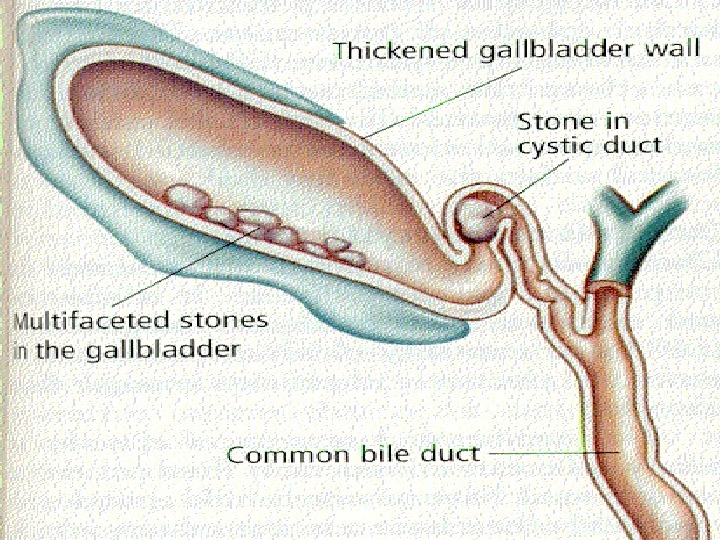
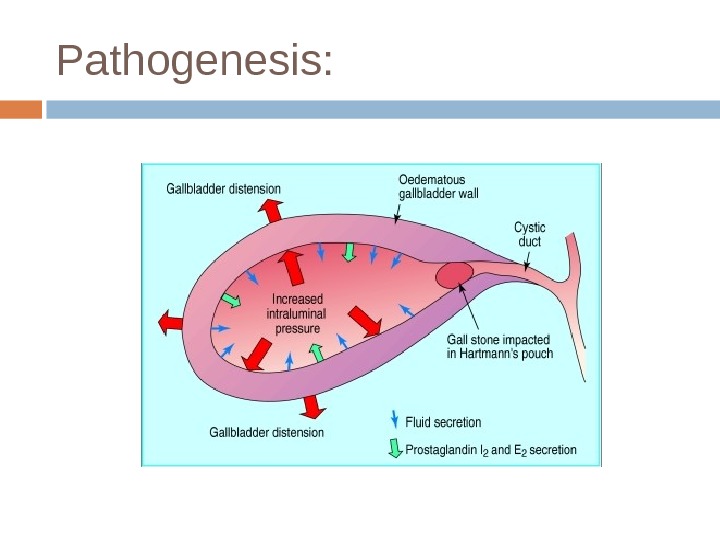
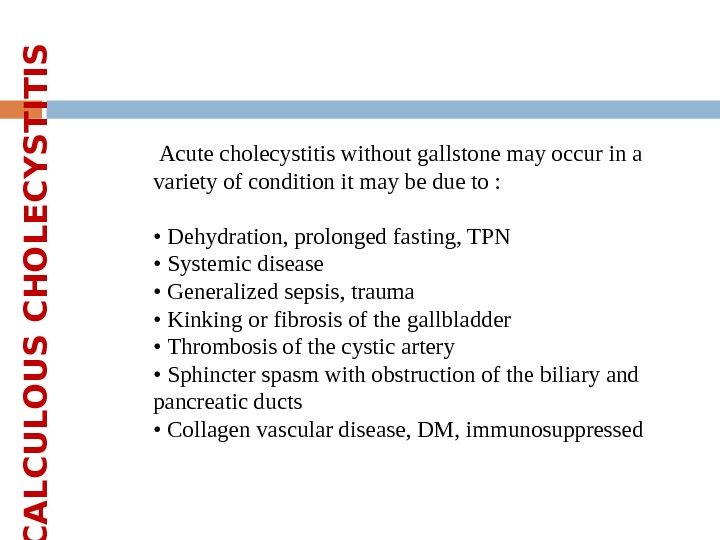
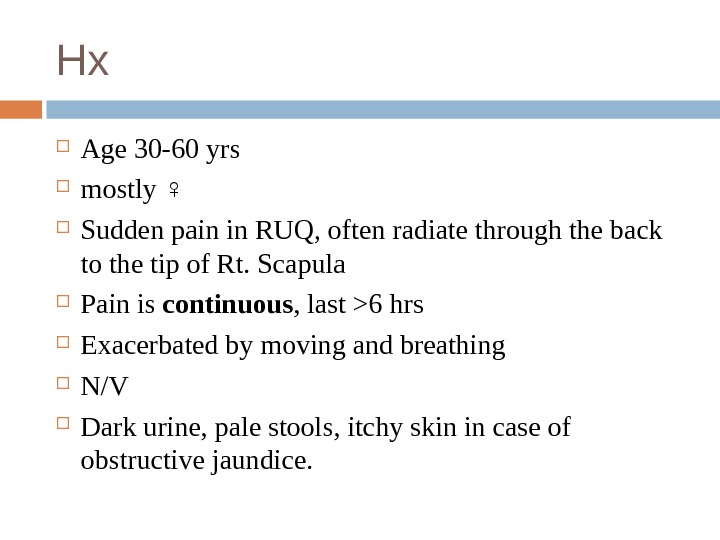
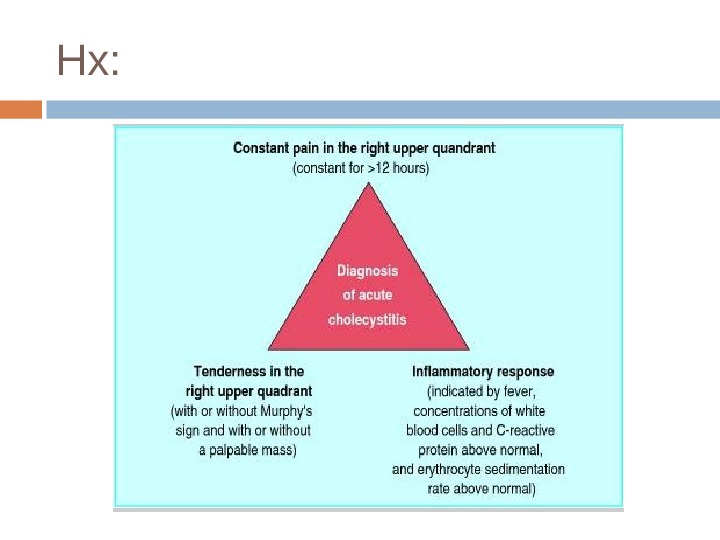
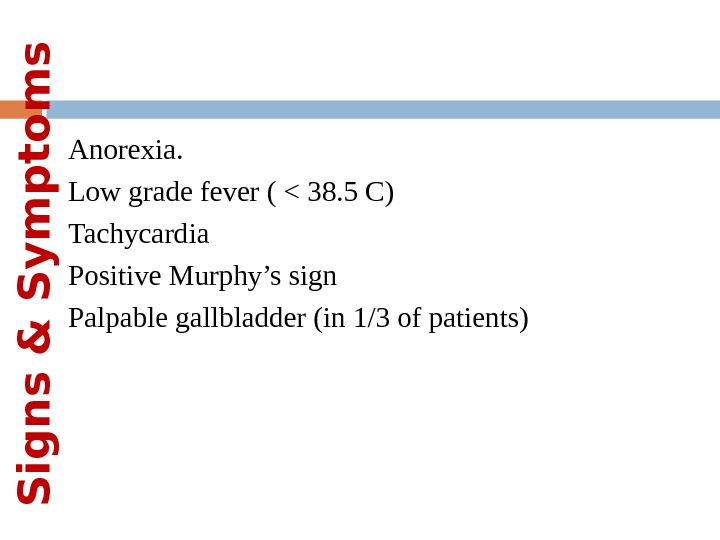
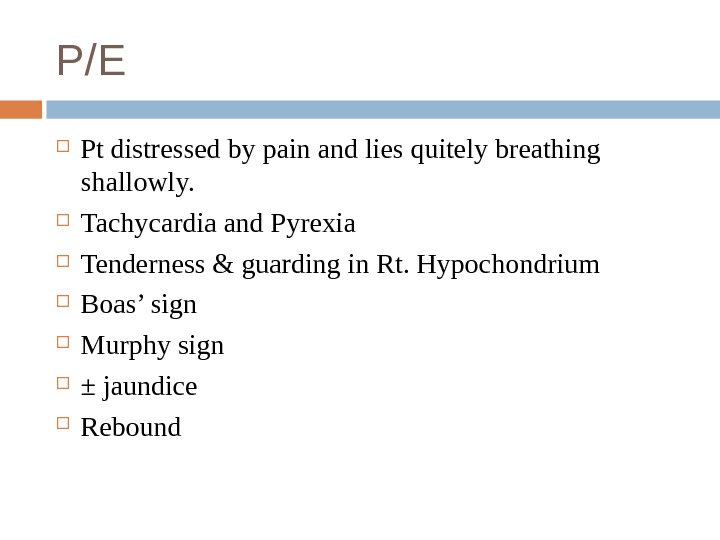
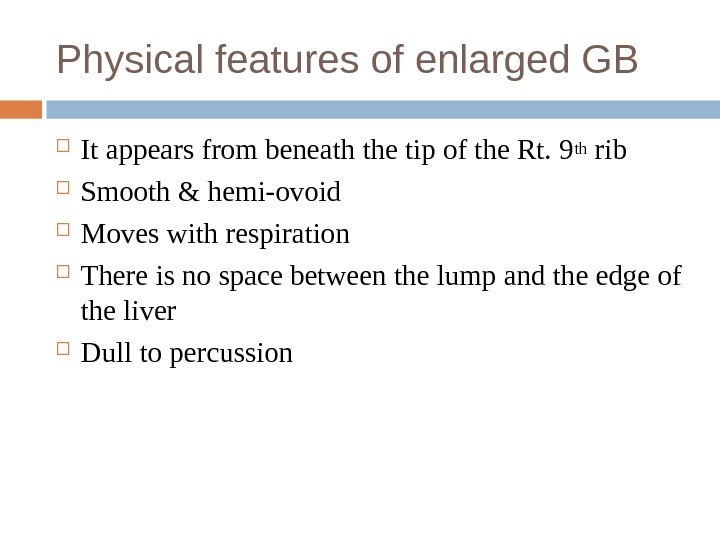
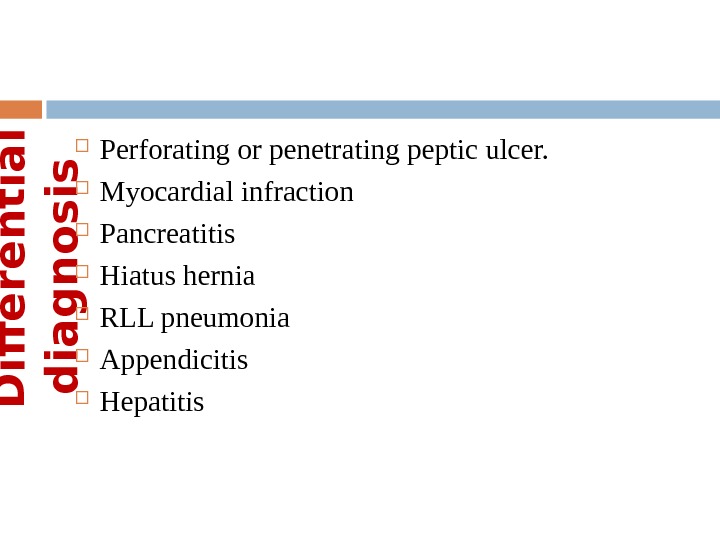
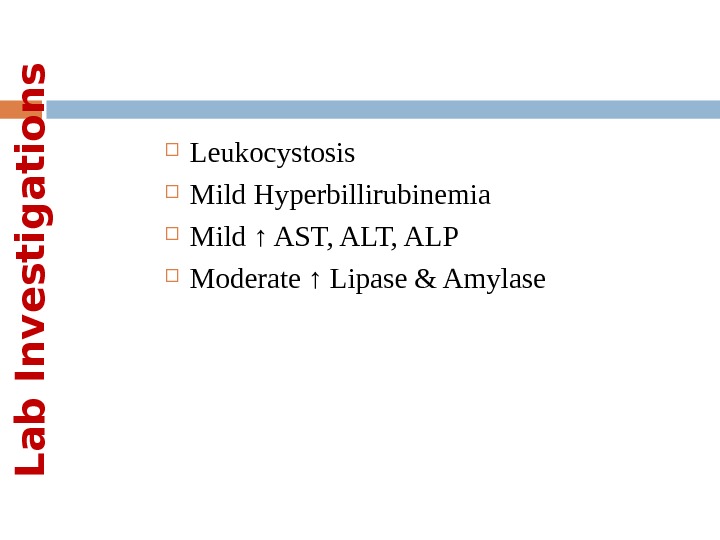
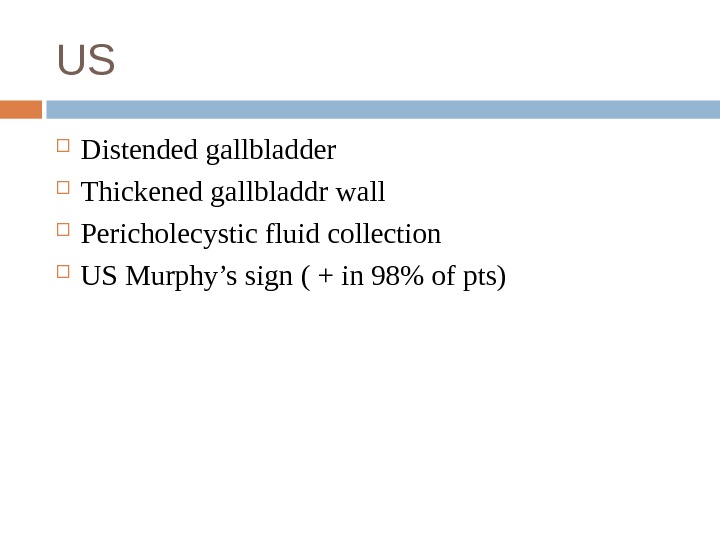
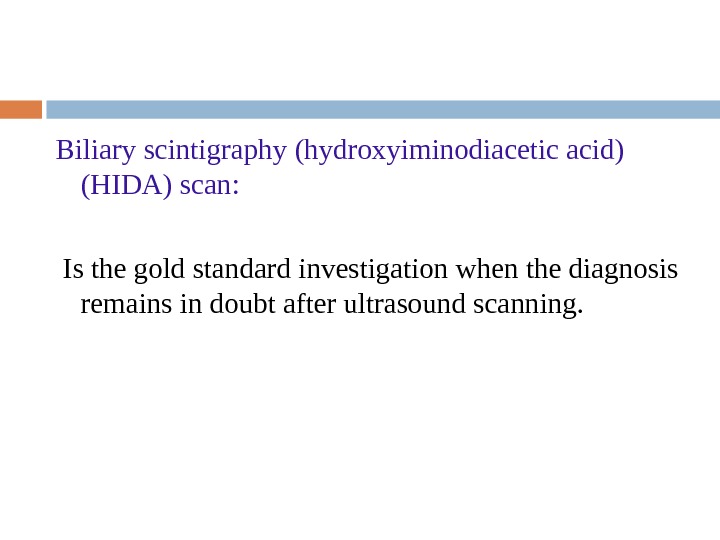
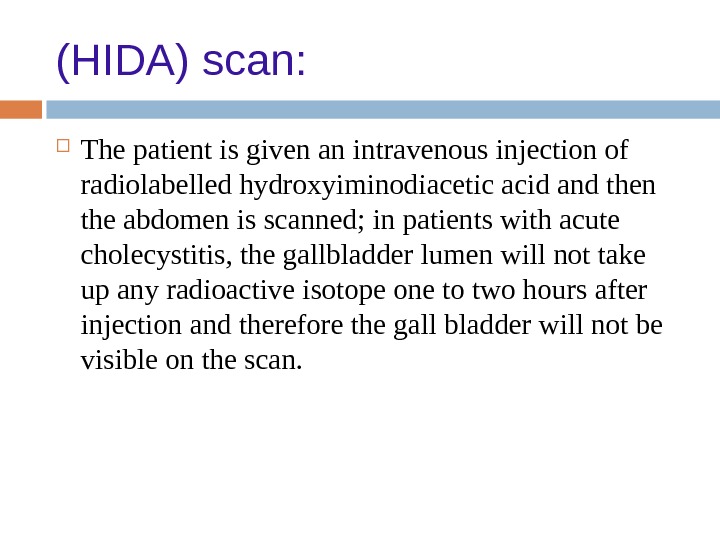

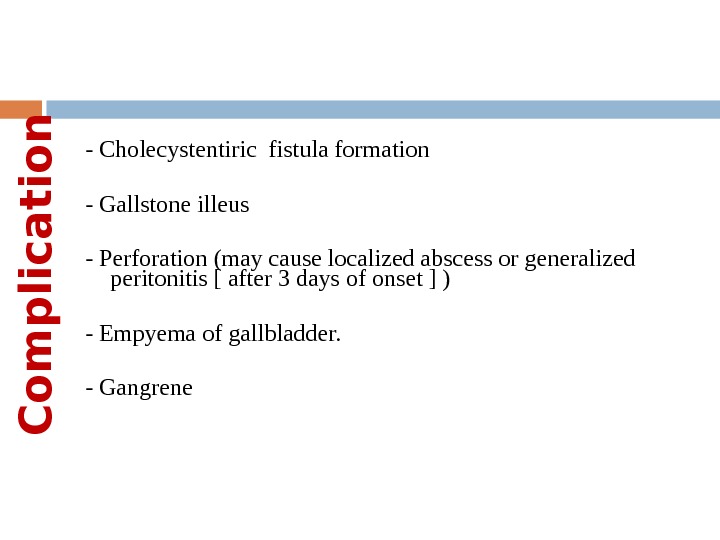
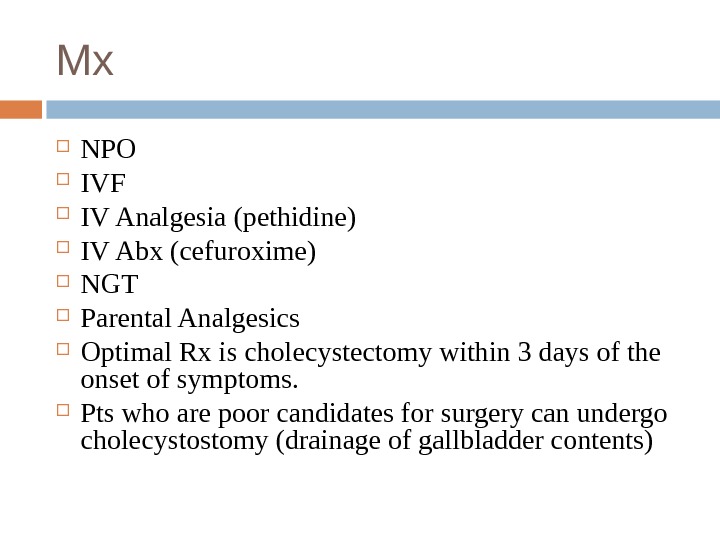
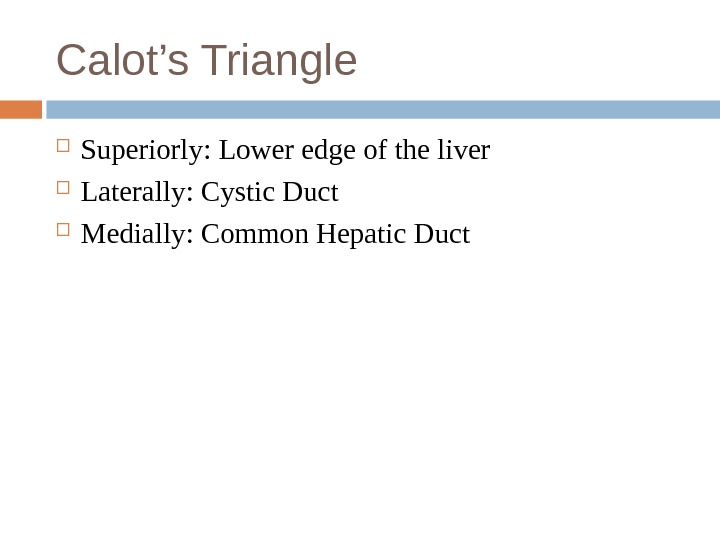
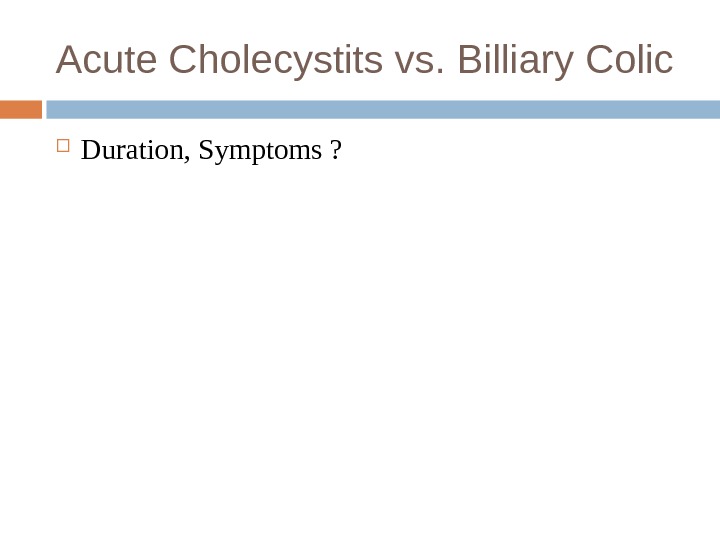
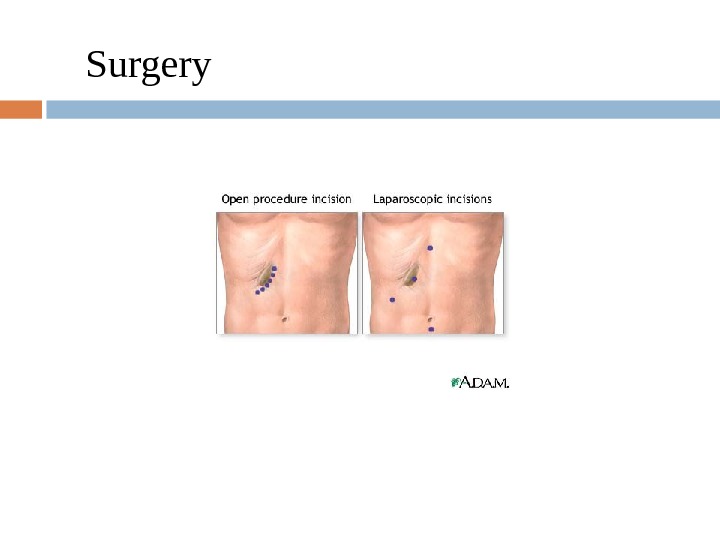
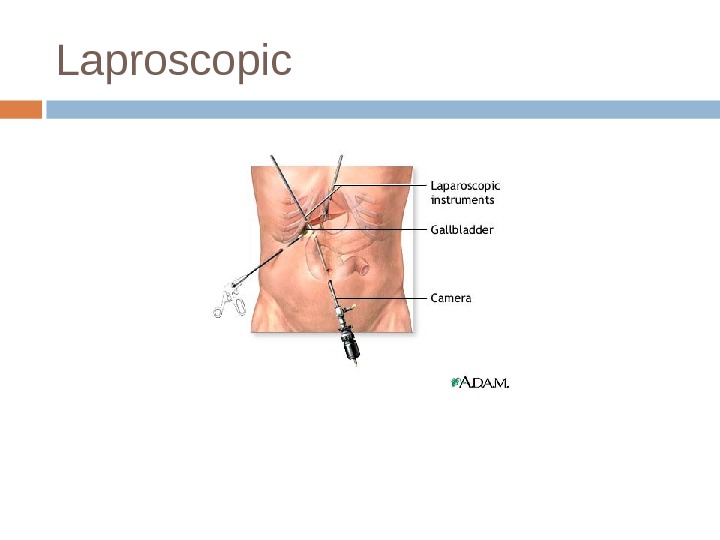
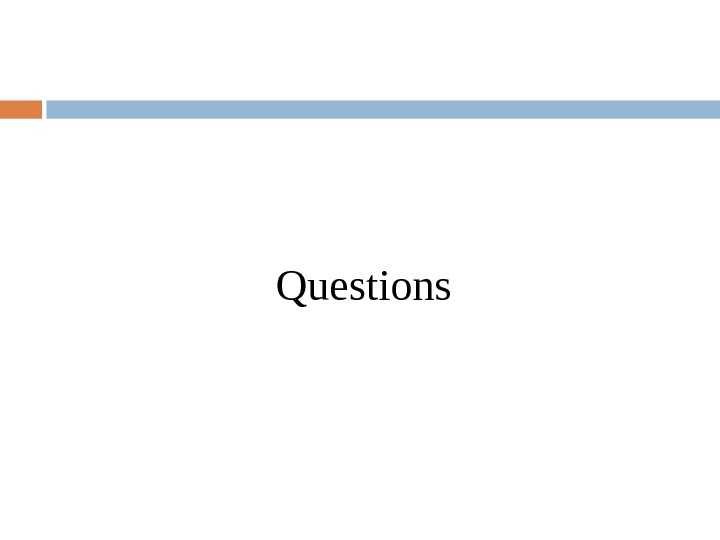
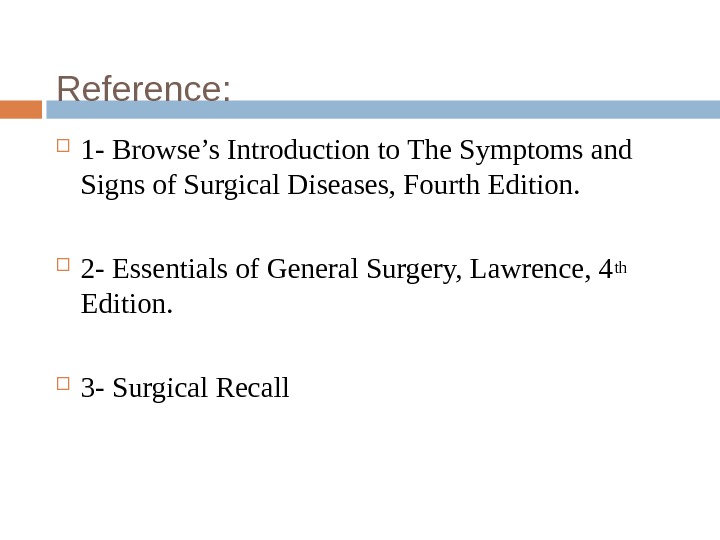
acute_cholecystitis_final.ppt
- Размер: 2.3 Mегабайта
- Количество слайдов: 41
Описание презентации ACUTE CHOLECYSTITIS Supervisor: Dr. Abbas Mohammed By: Abdullah по слайдам
 ACUTE CHOLECYSTITIS Supervisor: Dr. Abbas Mohammed By: Abdullah Al-Rebdi, Hamad Bin Shaheen
ACUTE CHOLECYSTITIS Supervisor: Dr. Abbas Mohammed By: Abdullah Al-Rebdi, Hamad Bin Shaheen
 C o n t e n t Anatomy Bile Stone formation & types Acute cholecystitis — Calculus — Acalculus Sign & symptoms Differential diagnosis Diagnostic investigation Complication Management Summery Questions
C o n t e n t Anatomy Bile Stone formation & types Acute cholecystitis — Calculus — Acalculus Sign & symptoms Differential diagnosis Diagnostic investigation Complication Management Summery Questions
 A N A T O M YThe gallbladder is located in the right upper quadrant of the abdomen beneath the liver. The cystic duct exits at the neck of the gallbladder and joins the common hepatic duct to form the common bile duct.
A N A T O M YThe gallbladder is located in the right upper quadrant of the abdomen beneath the liver. The cystic duct exits at the neck of the gallbladder and joins the common hepatic duct to form the common bile duct.
 A N A T O M Y CBD empty into the duodenum at the ampulla of Vater. This is surrounded by the sphincter of Oddi, which regulates bile flow into the duodenum.
A N A T O M Y CBD empty into the duodenum at the ampulla of Vater. This is surrounded by the sphincter of Oddi, which regulates bile flow into the duodenum.
 A N A T O M YBlood supply is from the cystic artery. Celiac A. Hepatic A. Rt. Hepatic A. Cystic A. The cystic vein drain directly into portal vein.
A N A T O M YBlood supply is from the cystic artery. Celiac A. Hepatic A. Rt. Hepatic A. Cystic A. The cystic vein drain directly into portal vein.
 Nerve Supply : Sympathetic and parasympathetic vagal fibers the celiac plexus. Lymph Drainage: The lymph drains into a cystic lymph node situated near the neck of the gallbladder. From here, the lymph vessels pass to the hepatic nodes along the course of the hepatic artery and then to the celiac artery.
Nerve Supply : Sympathetic and parasympathetic vagal fibers the celiac plexus. Lymph Drainage: The lymph drains into a cystic lymph node situated near the neck of the gallbladder. From here, the lymph vessels pass to the hepatic nodes along the course of the hepatic artery and then to the celiac artery.


 Bile produced in the liver is stored in the gallbladder. The function of bile is emulsify FAT Cholecystokinin stimulates gallbladder contraction and release of bile into the duodenum.
Bile produced in the liver is stored in the gallbladder. The function of bile is emulsify FAT Cholecystokinin stimulates gallbladder contraction and release of bile into the duodenum.
 Bile The spiral valves of Heister in the cystic duct prevent bile reflux into the gallbladder. Bile composed of Cholesterol Lecithin (phospholipid) Bile acid Bilirubin
Bile The spiral valves of Heister in the cystic duct prevent bile reflux into the gallbladder. Bile composed of Cholesterol Lecithin (phospholipid) Bile acid Bilirubin
 S t o n e s f o r m a t i o n. Imbalance of cholesterol and its solubilizing agents, bile salts and lecithin concentrations If hepatic cholesterol secretion is excessive then bile salts and lecithin are “overloaded”, supersaturated cholesterol precipitates and can form gallstones
S t o n e s f o r m a t i o n. Imbalance of cholesterol and its solubilizing agents, bile salts and lecithin concentrations If hepatic cholesterol secretion is excessive then bile salts and lecithin are “overloaded”, supersaturated cholesterol precipitates and can form gallstones
 T y p e s o f S t o n e s. Cholesterol stones Pigment stones Mixed stones
T y p e s o f S t o n e s. Cholesterol stones Pigment stones Mixed stones
 Cholesterol Stones
Cholesterol Stones
 Pigment stones
Pigment stones
 Mixed stones:
Mixed stones:
 Acute Cholecystitis
Acute Cholecystitis
 A c u t e C h o l e c y s t i s. Inflammation of the gallbladder, resulting from : 1. Obstruction of cystic duct by gallstone( 80% ) 2. Acalculous ( 20% )
A c u t e C h o l e c y s t i s. Inflammation of the gallbladder, resulting from : 1. Obstruction of cystic duct by gallstone( 80% ) 2. Acalculous ( 20% )
 A c u t e C h o l e c y s t i s. Cholecystitis with stones most commonly blocking the cystic duct directly. This leads to inspissation (thickening) of bile, bile stasis, and secondary infection by gut organisms. The most common organisms cultured during acute cholecystitis are Escherichia coli, Klebsiella, enterococci, Bacteroides fragilis, and Pseudomonas.
A c u t e C h o l e c y s t i s. Cholecystitis with stones most commonly blocking the cystic duct directly. This leads to inspissation (thickening) of bile, bile stasis, and secondary infection by gut organisms. The most common organisms cultured during acute cholecystitis are Escherichia coli, Klebsiella, enterococci, Bacteroides fragilis, and Pseudomonas.
 A c u t e C h o l e c y s t i s. The gallbladder shows congestion, thickening of the wall by edema and mucosal ulceration.
A c u t e C h o l e c y s t i s. The gallbladder shows congestion, thickening of the wall by edema and mucosal ulceration.

 Pathogenesis:
Pathogenesis:
 Acute cholecystitis without gallstone may occur in a variety of condition it may be due to : • Dehydration, prolonged fasting, TPN • Systemic disease • Generalized sepsis, trauma • Kinking or fibrosis of the gallbladder • Thrombosis of the cystic artery • Sphincter spasm with obstruction of the biliary and pancreatic ducts • Collagen vascular disease, DM, immunosuppressed A C A L C U L O U S C H O L E C Y S T I S
Acute cholecystitis without gallstone may occur in a variety of condition it may be due to : • Dehydration, prolonged fasting, TPN • Systemic disease • Generalized sepsis, trauma • Kinking or fibrosis of the gallbladder • Thrombosis of the cystic artery • Sphincter spasm with obstruction of the biliary and pancreatic ducts • Collagen vascular disease, DM, immunosuppressed A C A L C U L O U S C H O L E C Y S T I S
 Hx Age 30 -60 yrs mostly ♀ Sudden pain in RUQ, often radiate through the back to the tip of Rt. Scapula Pain is continuous , last >6 hrs Exacerbated by moving and breathing N/V Dark urine, pale stools, itchy skin in case of obstructive jaundice.
Hx Age 30 -60 yrs mostly ♀ Sudden pain in RUQ, often radiate through the back to the tip of Rt. Scapula Pain is continuous , last >6 hrs Exacerbated by moving and breathing N/V Dark urine, pale stools, itchy skin in case of obstructive jaundice.
 Hx:
Hx:
 S i g n s & S y m p t o m s. Anorexia. Low grade fever ( < 38. 5 C) Tachycardia Positive Murphy’s sign Palpable gallbladder (in 1/3 of patients)
S i g n s & S y m p t o m s. Anorexia. Low grade fever ( < 38. 5 C) Tachycardia Positive Murphy’s sign Palpable gallbladder (in 1/3 of patients)
 P/E Pt distressed by pain and lies quitely breathing shallowly. Tachycardia and Pyrexia Tenderness & guarding in Rt. Hypochondrium Boas’ sign Murphy sign ± jaundice Rebound
P/E Pt distressed by pain and lies quitely breathing shallowly. Tachycardia and Pyrexia Tenderness & guarding in Rt. Hypochondrium Boas’ sign Murphy sign ± jaundice Rebound
 Physical features of enlarged GB It appears from beneath the tip of the Rt. 9 th rib Smooth & hemi-ovoid Moves with respiration There is no space between the lump and the edge of the liver Dull to percussion
Physical features of enlarged GB It appears from beneath the tip of the Rt. 9 th rib Smooth & hemi-ovoid Moves with respiration There is no space between the lump and the edge of the liver Dull to percussion
 D i f e r e n t i a l d i a g n o s i s Perforating or penetrating peptic ulcer. Myocardial infraction Pancreatitis Hiatus hernia RLL pneumonia Appendicitis Hepatitis
D i f e r e n t i a l d i a g n o s i s Perforating or penetrating peptic ulcer. Myocardial infraction Pancreatitis Hiatus hernia RLL pneumonia Appendicitis Hepatitis
 L a b I n v e s t i g a t i o n s Leukocystosis Mild Hyperbillirubinemia Mild ↑ AST, ALP Moderate ↑ Lipase & Amylase
L a b I n v e s t i g a t i o n s Leukocystosis Mild Hyperbillirubinemia Mild ↑ AST, ALP Moderate ↑ Lipase & Amylase
 US Distended gallbladder Thickened gallbladdr wall Pericholecystic fluid collection US Murphy’s sign ( + in 98% of pts)
US Distended gallbladder Thickened gallbladdr wall Pericholecystic fluid collection US Murphy’s sign ( + in 98% of pts)
 Biliary scintigraphy (hydroxyiminodiacetic acid) (HIDA) scan: Is the gold standard investigation when the diagnosis remains in doubt after ultrasound scanning.
Biliary scintigraphy (hydroxyiminodiacetic acid) (HIDA) scan: Is the gold standard investigation when the diagnosis remains in doubt after ultrasound scanning.
 (HIDA) scan: The patient is given an intravenous injection of radiolabelled hydroxyiminodiacetic acid and then the abdomen is scanned; in patients with acute cholecystitis, the gallbladder lumen will not take up any radioactive isotope one to two hours after injection and therefore the gall bladder will not be visible on the scan.
(HIDA) scan: The patient is given an intravenous injection of radiolabelled hydroxyiminodiacetic acid and then the abdomen is scanned; in patients with acute cholecystitis, the gallbladder lumen will not take up any radioactive isotope one to two hours after injection and therefore the gall bladder will not be visible on the scan.
 (HIDA) scan:
(HIDA) scan:
 C o m p l i c a t i o n- Cholecystentiric fistula formation — Gallstone illeus — Perforation (may cause localized abscess or generalized peritonitis [ after 3 days of onset ] ) — Empyema of gallbladder. — Gangrene
C o m p l i c a t i o n- Cholecystentiric fistula formation — Gallstone illeus — Perforation (may cause localized abscess or generalized peritonitis [ after 3 days of onset ] ) — Empyema of gallbladder. — Gangrene
 Mx NPO IVF IV Analgesia (pethidine) IV Abx (cefuroxime) NGT Parental Analgesics Optimal Rx is cholecystectomy within 3 days of the onset of symptoms. Pts who are poor candidates for surgery can undergo cholecystostomy (drainage of gallbladder contents)
Mx NPO IVF IV Analgesia (pethidine) IV Abx (cefuroxime) NGT Parental Analgesics Optimal Rx is cholecystectomy within 3 days of the onset of symptoms. Pts who are poor candidates for surgery can undergo cholecystostomy (drainage of gallbladder contents)
 Calot’s Triangle Superiorly: Lower edge of the liver Laterally: Cystic Duct Medially: Common Hepatic Duct
Calot’s Triangle Superiorly: Lower edge of the liver Laterally: Cystic Duct Medially: Common Hepatic Duct
 Acute Cholecystits vs. Billiary Colic Duration, Symptoms ?
Acute Cholecystits vs. Billiary Colic Duration, Symptoms ?
 Surgery
Surgery
 Laproscopic
Laproscopic
 Questions
Questions
 Reference: 1 — Browse’s Introduction to The Symptoms and Signs of Surgical Diseases, Fourth Edition. 2 — Essentials of General Surgery, Lawrence, 4 th Edition. 3 — Surgical Recall
Reference: 1 — Browse’s Introduction to The Symptoms and Signs of Surgical Diseases, Fourth Edition. 2 — Essentials of General Surgery, Lawrence, 4 th Edition. 3 — Surgical Recall

